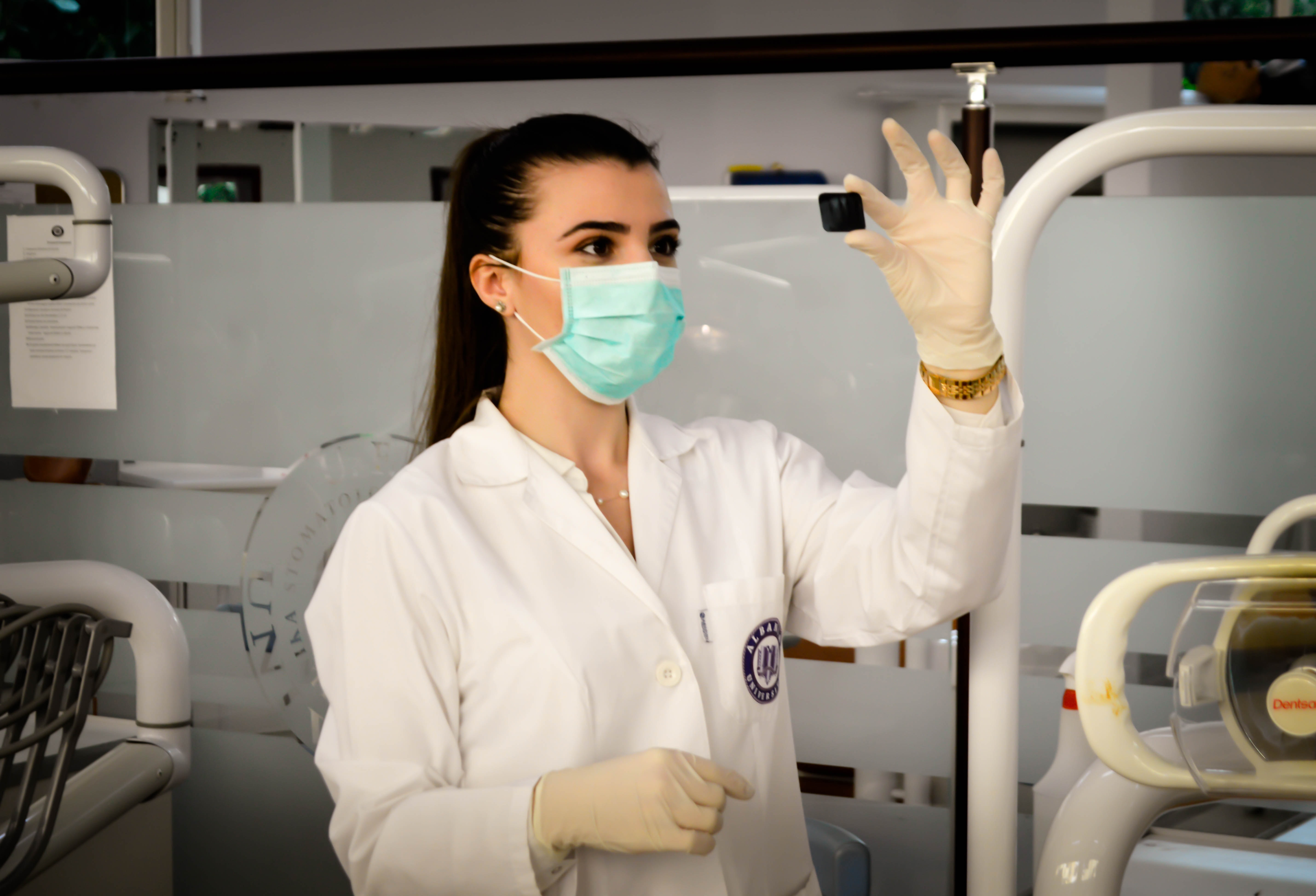The Pros and Cons of Hair Loss Tests

Hair loss can feel like a guessing game. Whether you’ve been experiencing hair loss for a while or are suddenly noticing more hair falling out, you want an answer. You need to know what’s going on to properly address the issue. If you haven’t taken a test to help you determine the exact cause of hair loss, you may be considering which test to have done. After all, a test would provide a definitive answer to your hair loss questions.
At Daniel Alain, we understand that hair loss can be an emotional journey. When you’re starting out, you may need guidance to figure out where exactly to begin. Treating androgenetic alopecia is very different from treating hair loss caused by seasonal changes or stress. Knowing where to begin can give you a roadmap of where you need to go and how you can find the best solution for your hair loss.
With so many hair loss tests to choose from, you may be wondering: which one is right for me? In this article, we’re going to explore the most common hair loss tests, highlighting both a pro and a con of each one. By the end of this article, you should feel empowered to make an informed decision about which hair loss test is right for you.
Pull Test
How it works: A doctor will pull on small sections of hair on different parts of the scalp. If six or more strands come out, you have active hair loss. A total of about 40 strands will be pulled.
Pro: Can be done by a doctor or at home.
Con: If done at home, can only provide insight if you’re actively experiencing hair loss. Does not identify the root cause.
Blood Test
How it works: Blood samples are taken at a lab and then sent for analysis. Usually, you’ll have to see a doctor who will then order the labs to be performed.
Pro: Can determine other medical factors that may be causing hair loss (vitamin deficiency, hormonal imbalance, underlying medical condition).
Con: Has to be performed by a doctor or professional, accessible through a referral, slightly invasive.
Trichometric Analysis
How it works: A dermatologist or doctor will analyze the hair and scalp with a high-definition zoom camera to look for damage or abnormalities that could be present.
Pro: Very helpful in assessing or confirming a diagnosis.
Con: Can only be performed by a trained dermatologist.
Fungal Culture
How it works: A swab is taken of the scalp and sent for testing to determine if the cause of hair loss is tinea capitits, also known as scalp ringworm.
Pro: Identifies the exact cause of hair loss caused by scalp ringworm.
Con: Must be performed by a doctor, could take a few weeks to get results depending on if the fungus has incubated.
Punch Biopsy
How it works: A dermatologist surgically removes a small tissue sample from the scalp and sends the sample to a lab for testing. After removal, stitches are applied to the area.
Pro: Excellent at determining which type of scarring alopecia may be present. There are six types of scarring alopecia.
Con: Invasive procedure, requires stitches after.
At-Home Tests
How it works: Depending on which test you use, you will either provide a saliva, urine, or blood sample which is taken via finger prick. Mail the samples back to the certified lab for analysis, then wait for reporting of results.
Pro: Done from the privacy of your home.
Con: Can give insight into what is worsening hair loss but may not answer more specific questions such as whether it’s a specific type of alopecia.
Which Hair Loss Test is Right for You?
Now that you’ve learned about the pros and cons of the most common hair loss tests, you may be wondering which one is right for you. Take the following into consideration:
- Do you know if you’re experiencing hair loss or hair shedding?
- How advanced is the issue?
- Do you have the resources to spend money on a specialist or testing kit?
- How long are you willing to wait to begin treatment?
Before, most hair loss tests had to be done in a dermatologist’s office. Any that could be performed at home didn’t necessarily test for specific causes of hair loss. They primarily test for other biological reactions (like a hormonal imbalance) that could be contributing to hair loss. But there have not been tests to see if you'll respond to certain hair loss treatments, such as Minoxidil.
Now, Daniel Alain has introduced the Minoxidil Response Test to test your scalp to see if you have a sufficient amount of the SULTIA1 enzyme needed to convert Minoxidil into its active form. With a few strands of hair, you'll get answers to the question: Will Minoxidil work for me? Order the Minoxidil Response Test and get answers within 14 days.




